Our eyes are marvelous organs that allow us to see the world around us. Taking care of our eyes is essential for maintaining good vision and overall eye health. Let’s look at how to prevent eight common eye issues and get a better understanding of our eyes and eye health. By following these tips, you can help keep your eyes in optimal condition and reduce the risk of developing eye problems.
Understanding the eyes and eye health
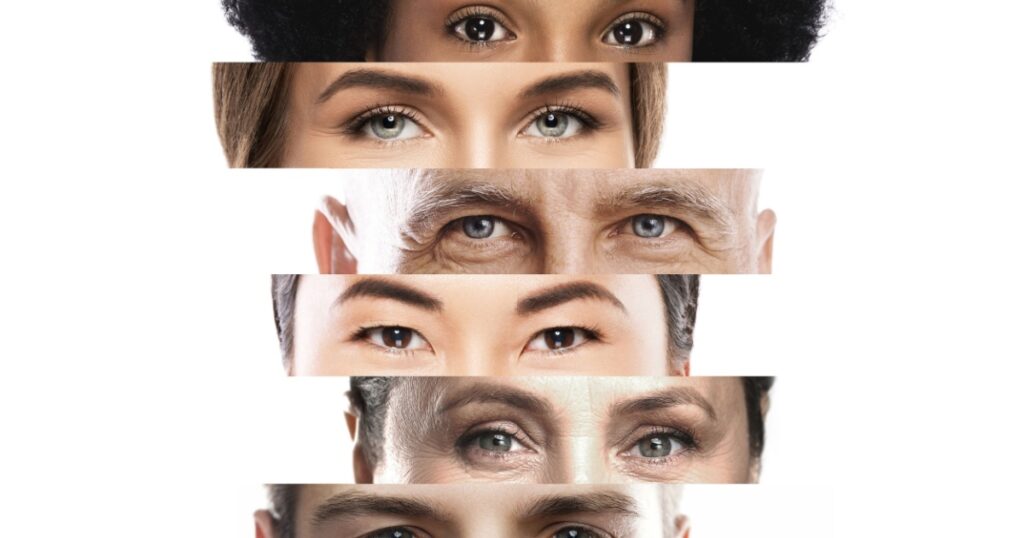
Before we delve into the different eye conditions and how to prevent them, let’s start by understanding the structure and function of the eyes. The eyes consist of various components, including the cornea, iris, pupil, lens, and retina. Each part plays a crucial role in allowing us to focus, perceive colors, and distinguish between objects. (1)
Read More: 10 simple and relaxing eye exercises you should do after looking at a screen
The cornea is the clear, dome-shaped surface that covers the front of the eye
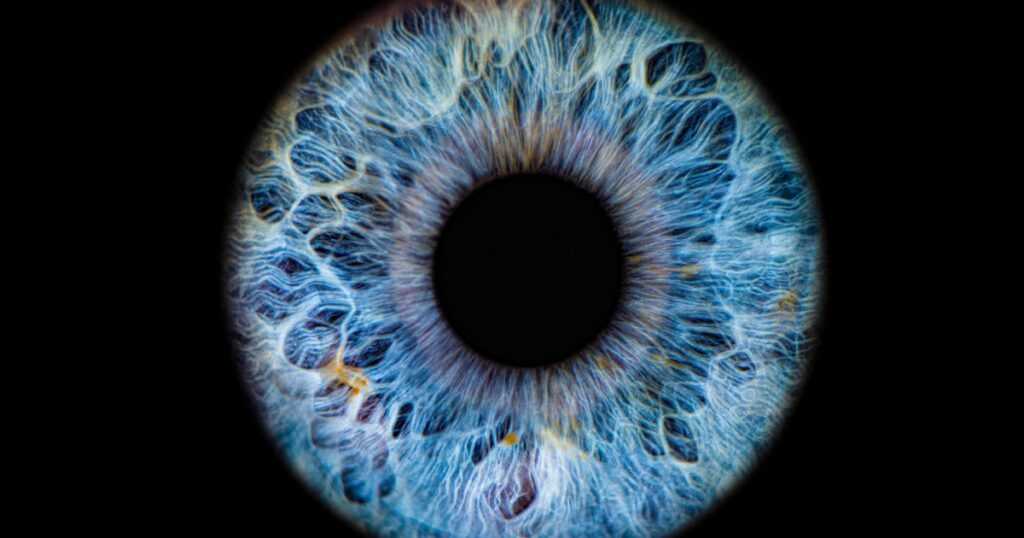
It helps focus light onto the retina, which is located at the back of the eye. The iris is a colored ring of tissue that surrounds the pupil and controls how much light enters your eye. The lens sits behind the iris and focuses light onto the retina by changing shape when you look at something close up or far away.
The retina is a thin layer of tissue that lines the back of your eye
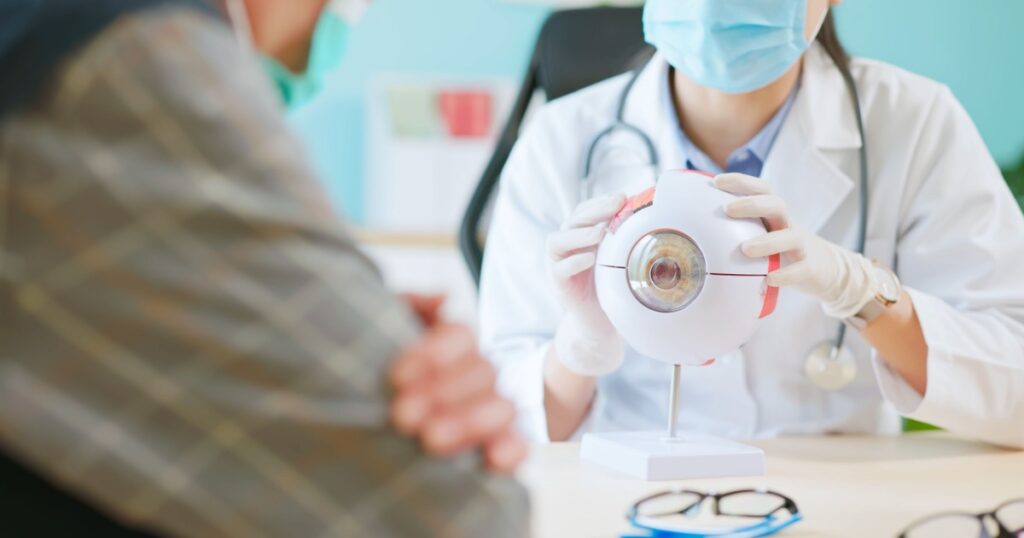
It contains millions of light-sensitive cells called rods and cones, which convert light into electrical signals that are sent to your brain through the optic nerve. The optic nerve is a bundle of more than one million nerve fibers that carry visual information from your eye to your brain. The brain processes this information and creates the images you see. Maintaining good eye health relies on proper blood flow, tear production, and protection from harmful UV rays.
How to help prevent 8 common eye conditions
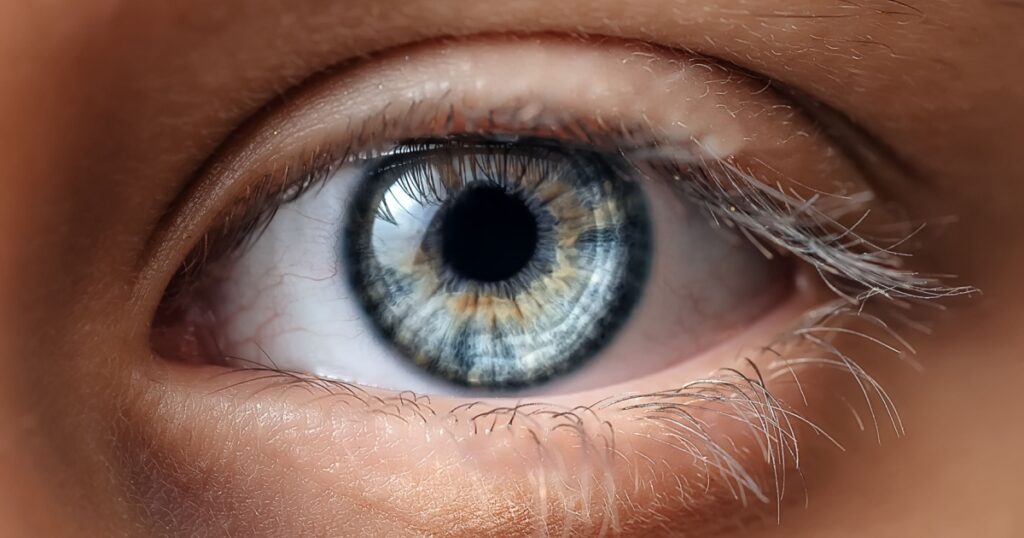
There are a number of conditions that can affect the health, function, and appearance of our eyes. Thankfully, there are many things that we can do to prevent these from developing and protect our eyes. These are 8 common eye conditions and how to prevent them from happening to you.
1. Bags under eyes
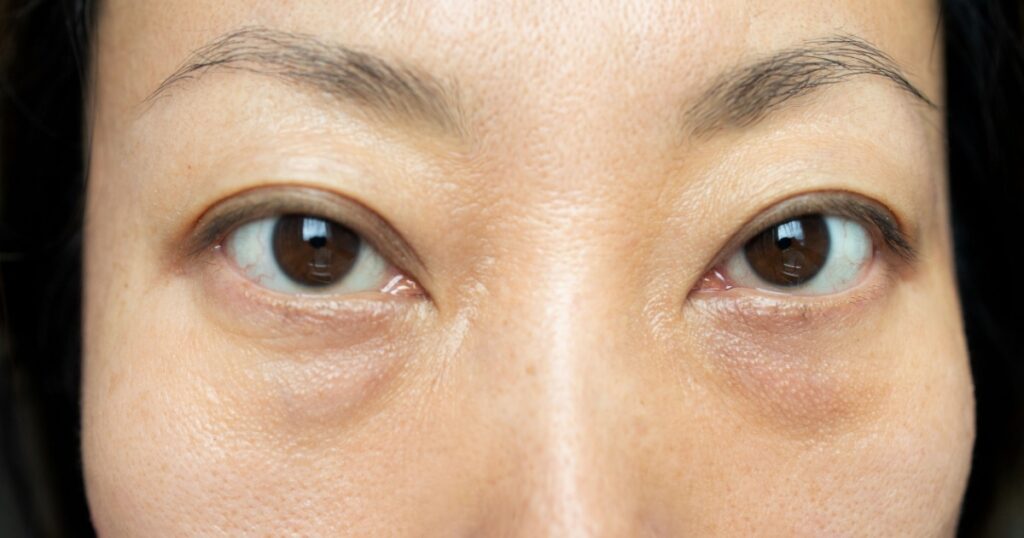
Lack of sleep, genetics, and aging can contribute to the development of bags under the eyes. To help prevent this, it is important to get enough sleep, maintain a healthy lifestyle, and reduce salt intake. Using cool compresses and moisturizers can also alleviate the appearance of bags. (2)
Read More: Scientists Working on Eye Drop to Dissolve Cataracts
2. Pink eye
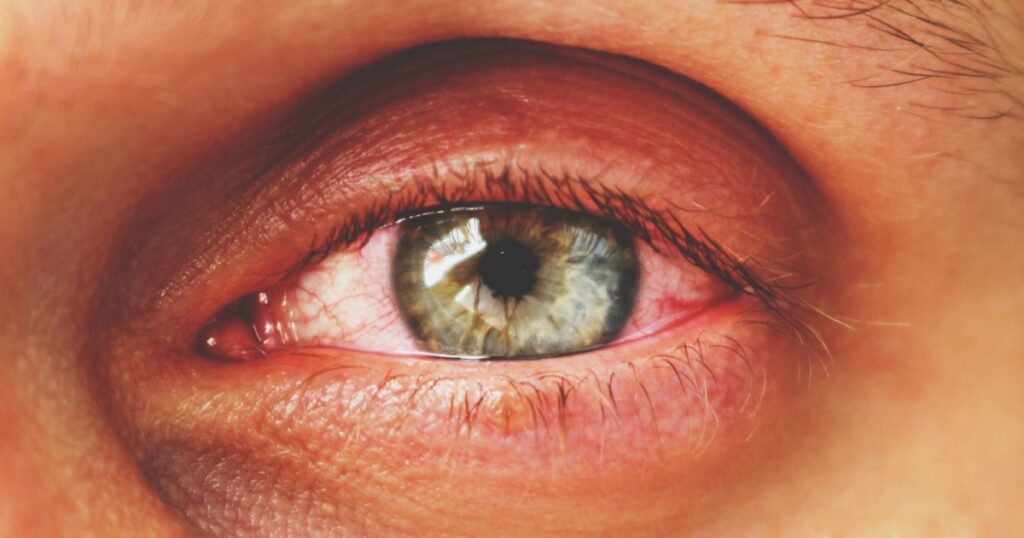
Also known as conjunctivitis, pink eye is commonly caused by a bacterial or viral infection. To prevent pink eye, practice good hand hygiene, avoid touching your eyes, and avoid sharing personal items such as towels and pillowcases. If you do contract pink eye, make sure to seek proper treatment and adhere to your doctor’s instructions. (3)
3. Eye styes
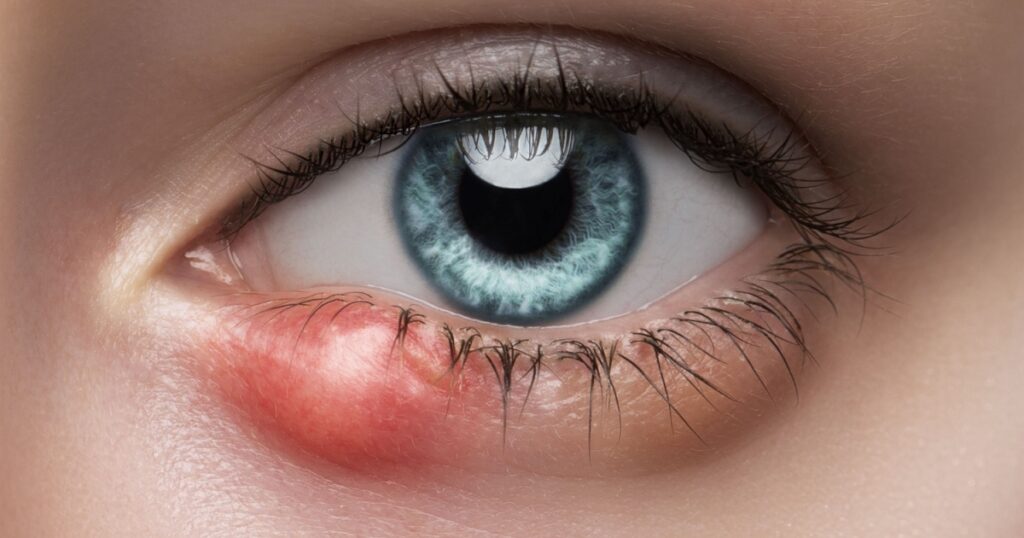
Styes are painful red bumps that can form along the edge of the eyelid. To prevent styes, maintain good eyelid hygiene by keeping the area clean and avoiding touching or rubbing your eyes. Avoid sharing makeup and replace eye cosmetics on a regular basis. (4)
4. Macular degeneration

Age-related macular degeneration (AMD) is a common eye condition that affects the central part of the retina. It eventually leads to complete blindness. To help prevent AMD, maintain a healthy lifestyle by eating a diet rich in fruits, vegetables, and fish. Protect your eyes from harmful UV rays by wearing sunglasses and avoid smoking, which is a significant risk factor for AMD. (5)
5. Cataracts
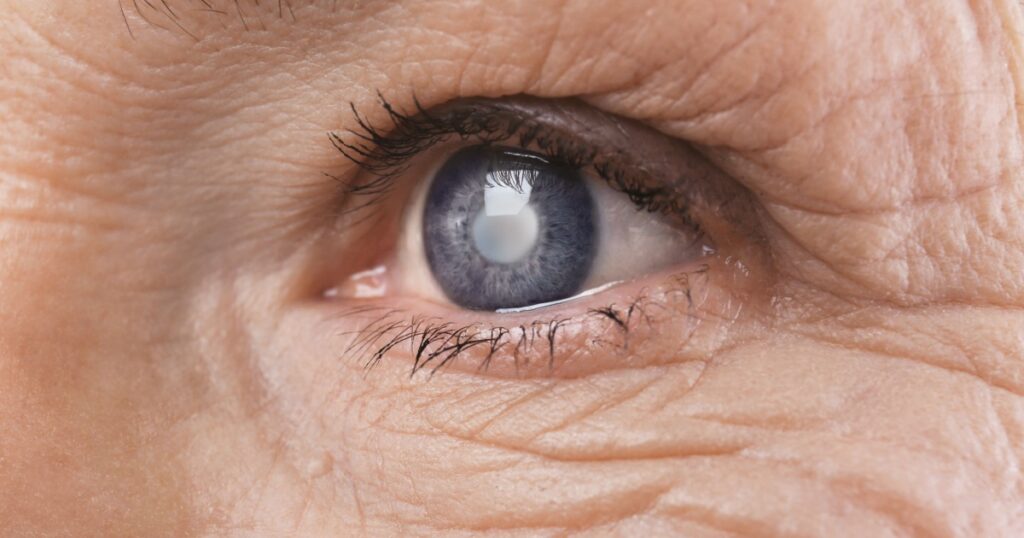
Cataracts are a clouding of the lens in the eye, leading to blurry vision. To reduce the risk of developing cataracts, protect your eyes from UV rays, refrain from smoking, and maintain a healthy diet. Regular eye exams can also help detect cataracts at an early stage. (6)
Read More: 20 Eye-Opening Medical Facts That Will Shock You
6. Dry eyes

Dry eyes occur when your eyes do not produce enough tears or produce poor-quality tears. To prevent dry eyes, take regular breaks from digital screens, use humidifiers in dry environments, avoid exposing your eyes to irritants, and consider using artificial tears to moisturize your eyes. (7)
7. Blurred vision
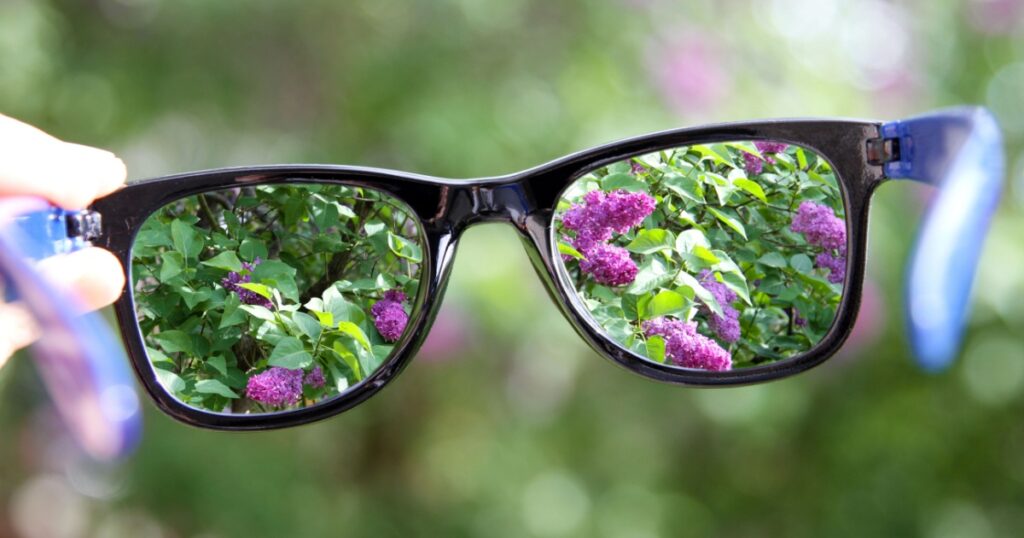
Blurred vision can be caused by various factors, such as refractive errors or eye strain. To prevent blurred vision, schedule regular eye exams to ensure you have the correct prescription for eyeglasses or contact lenses. Additionally, take breaks from screens, practice good posture, and ensure proper lighting when reading or working. (8)
8. Bloodshot eyes
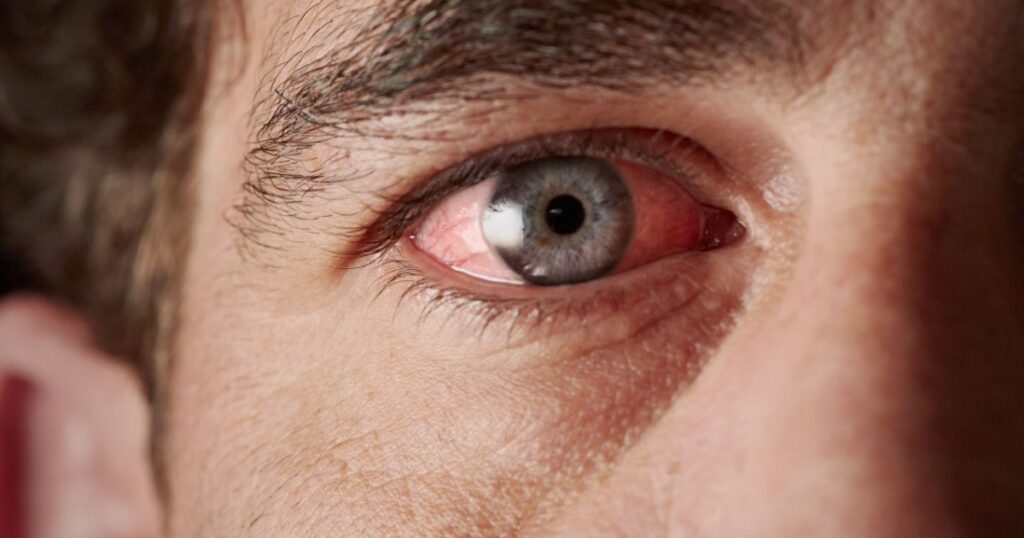
Bloodshot eyes can be caused by dry air, allergies, or blood vessel inflammation. To prevent bloodshot eyes, avoid exposure to irritants, frequently blink to lubricate the eyes, use over-the-counter eye drops, and manage any underlying allergies or conditions. (9)
Nutrition and lifestyle for eye health

In addition to specific tips for preventing common eye issues, maintaining a healthy lifestyle and proper nutrition can significantly contribute to good eye health. Eating a diet rich in fruits, vegetables, and omega-3 fatty acids can provide the necessary vitamins and nutrients for good vision. Stay hydrated, quit smoking, manage chronic health conditions such as diabetes, and exercise regularly to promote overall eye health. (10) Foods specifically known for their role in eye health include (11):
- Carrots: Carrots are rich in beta-carotene, which is converted to vitamin A in the body. Vitamin A helps protect the cornea and retina from damage caused by free radicals.
- Spinach: Spinach is a good source of lutein and zeaxanthin, two antioxidants that help filter harmful blue light.
- Kale: Kale contains high levels of lutein and zeaxanthin as well as vitamin C and E, which are also important for eye health.
- Oranges: Oranges are a good source of vitamin C, which helps protect the eyes from damage caused by free radicals.
- Salmon: Salmon is rich in omega-3 fatty acids, which are important for eye health. Omega-3 fatty acids are important for eye health because they help protect the retina from damage caused by free radicals.
- Walnuts: Walnuts contain high levels of omega-3 fatty acids as well as vitamin E, which is also important for eye health.
- Blueberries: Blueberries are a good source of vitamin C and E, which help protect the eyes from damage caused by free radicals.
- Sources of preformed vitamin A (retinol): Salmon, herring, beef liver, dairy products, and eggs.
Read More: Sushi Tapeworm Measured At Over 5 Feet Long Is An Eye Opener
When to see an eye doctor
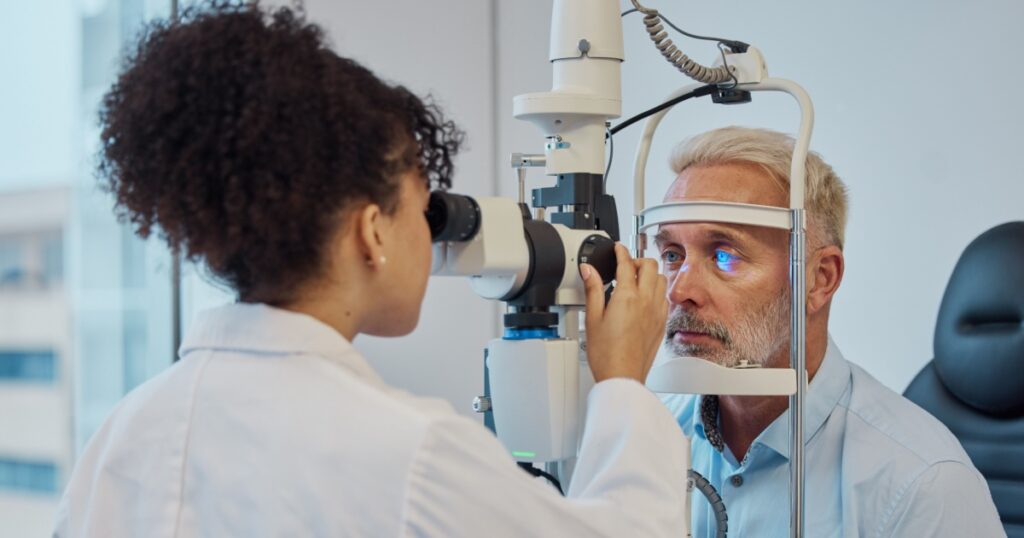
Regular eye exams are crucial for maintaining good eye health. In addition to routine check-ups, it is important to see an eye doctor if you experience any sudden changes in vision, persistent eye discomfort, or signs of an eye infection. Early detection and treatment of eye conditions can prevent further damage and preserve your vision.
The Bottom Line

Our eyes are precious organs, and it is essential to take proactive measures to maintain good eye health. By understanding the structure and function of the eyes, along with implementing specific prevention strategies for common eye issues, we can safeguard our vision. Remember to prioritize sleep, practice good hygiene, maintain a healthy lifestyle, and seek professional care when necessary. Protecting our eyes is an investment in our overall well-being, ensuring that we can continue to see and experience the world around us.
Read More: LED Lights Can Cause Irreversible Eye Damage, According to French Health Authority
Sources
- “How the Eyes Work.” NIH
- “Bags under eyes.” Mayo Clinic
- “Pink eye (conjunctivitis.” Mayo Clinic
- “Stye.” Cleveland Clinic
- “Learn About Age-Related Macular Degeneration.” CDC
- “Cataracts.” NIH
- “Dry eyes.” Mayo Clinic
- “Blurred Vision.” Cleveland Clinic
- “Home Remedies for Bloodshot Eyes.” AAO
- “Keep Your Eyes Healthy.” NIH
- “36 Fabulous Foods to Boost Eye Health.” AAO. Celia Vimont. April 07, 2023

